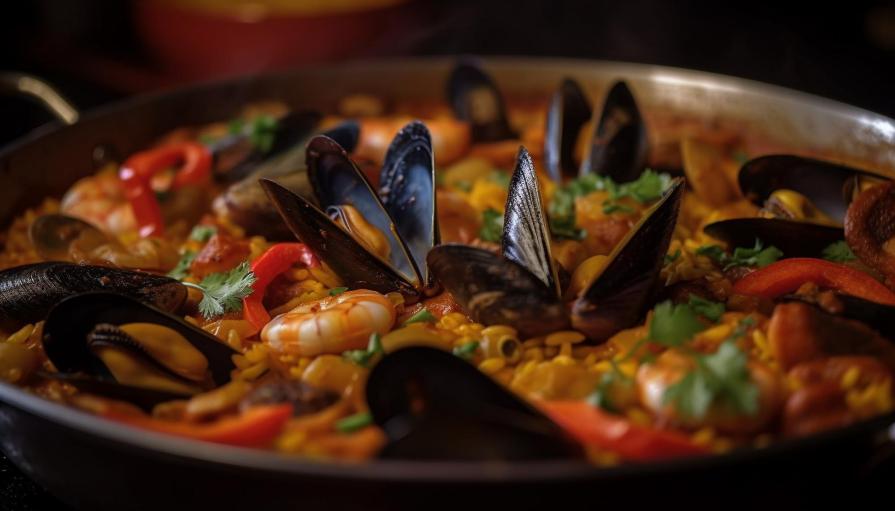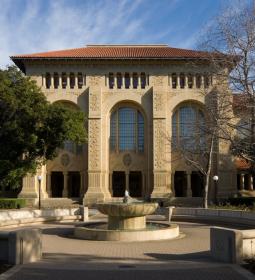Spain is one of the few European federations and at the same time a monarchy with a long and rich history of traditions. Initially formed from a dozen feudal principalities and kingdoms, at certain points united half of Europe and a third of the known part of the globe, which led to the diversity of local political, cultural and culinary traditions.
It is very different - in the northern part they prefer spicy, like blades of swords, sausages, and in the south they pay tribute to light snacks and seafood.
In our review, we will pay tribute to each historical province and tell you what the Spaniards have lunch and dinner in addition to tortillas, paella and jamon with olives. At the same time, we will leave Catalonia and the Basque Country outside it – because of their originality, diversity and incomparable special character and style.
Asturias and Cantabria
The stereotype is the heat, scorching sun and tropical palm trees: in the northern part of the state, rains are not uncommon and the weather of these places is quite comparable with foggy Albion or St. Petersburg (in winter there are half-meter snow drifts).
That is why asturians prefer dishes hot, nutritious and fatty, such as fabada. It is made as follows: large-sized white beans are boiled in bone broth with several varieties of sausages, pieces of bacon and a few vegetables. Among the sausages are dominated by chorizo and morsalya. One portion of a full brew is enough for a full hike in the mountains, and there is also enough to return.
Neighboring Cantabrians make a similar pohlebku, but add here chopped cabbage and ribs, potatoes.
Galicia
Galicia in the middle of the XIX century replaced Cádiz as the sea gate of the Spanish kingdom - since the warlike Castilian conquistadors were replaced by sailors of the merchant and fishing fleet.

Local fishermen are famous for their prey - take at least an octopus,whose tentacles are laid on a pillow of grated or crushed potatoes, generously rubbing paprika and olive oil. Does not need chewing, literally wearing in the mouth.
Also in the diet of local residents fried with onions, pork, dill, parsley, as well as unchanged garlic and a drop of rum or brandy scallop. This miracle is served in the sea shell, sprinkled with crumbs of bread and baked in the oven.
Castile and León
This is the best region in the country for beef cattle breeding, which could not but affect the assortment of shops and menus of regional restaurants, one look into which can kill a dozen or two vegans.
In the center of the best feasts here - cochenillo asado. This is a milk pig, which is cut, gutted, smeared with honey, pork fat and spicy herbs, stuffed with potatoes and vegetables, and then served on the table in a whole form, along with hooves, tail and head. Very tasty, although not for the faint of heart.
Rioja
Here and make the famous jamon,and at the same time grow the best varieties of Spanish grapes, going to strong dry wines. The uniqueness is due to the conditions in which the vine grows, and the unique soils.
They also make a cool vegetable stew with asparagus, jamon, five varieties of sausage and bean beans. And, of course, kavu.

Castile-La Mancha
If ordinary Castile is a meat region, then here we are talking about vegetables and countless cheeses. For example, manchego,sheep cheese with an amazing and nothing like the taste. It is eaten for nothing, and in former times was used in the diet of sailors and traveling monks-educators. From this cheese you can cook very similar to the ratatuyprepared on the other side of the Pyrenees Mountains.
Madrid
Peas and oilseeds along with garlic serve as the basis of local cuisine, they can be found in the menu of any native of Spain. However, in Madrid it is a very special story, its name is cosido madrileña. This is chickpea broth with carrots, in which meat and vegetables are added when serving. This dish is ideal for winter and is served in very large portions at once for everyone who participates in the feast.
Valencia
In the southern part of Iberia is Valencia, the birthplace of the most famous in terms of culinary qualities of paella. This word in Russia is usually called everything that is rice, but an enlightened person should know the difference.
To meet the formal criterion of paellanism (paelism?), rice must be made with a minimum of water, in a special pan with a round bottom, which makes it juicy, but without excesses in the form of broth. At the bottom of the pan, the rice burns slightly, but it's even delicious.
In Valencia and Murcia, it is made with rabbit, chicken, artichokes, beans and meat of snails or scallop.

Andalusia
The Andalusians gave the world carving furniture, beautiful leather goods and gazpacho,and the latter was simply inevitable, because the average temperature of summer, lasting here for more than 8 months, reaches 37-40 degrees. That is why siesta and cold, but satie soups are the key to survival in these parts.
Prepare gazpacho from tomatoes, red bell peppers, cucumbers, crumbs or bread crumbs, with garlic and olive oil. Thick as pasta, has dozens of cooking options, for example, with egg and jamon (it turns out salmoriejo).
Balearic Islands
Bypassing, as promised, Castile, jump to the Mediterranean islands. Here rule the ball seafood - lobster (they make stew soup with vegetables, two types of crustaceans, tomatoes, bread, onions and spices), fish (hundreds of soups) or stingraymeat, which is served here with pieces of potatoes and zucchini under almond sauce.
Canary Islands
On this archipelago, a hot sauce was born, which gained popularity in all Spanish provinces. It's called maho picon and is made with a variety of hot peppers, garlic, olive oil, wine vinegar and salt. Often used in the form of seasoning for potatoes (it is boiled in salt water, but in the "uniform") or fish.










